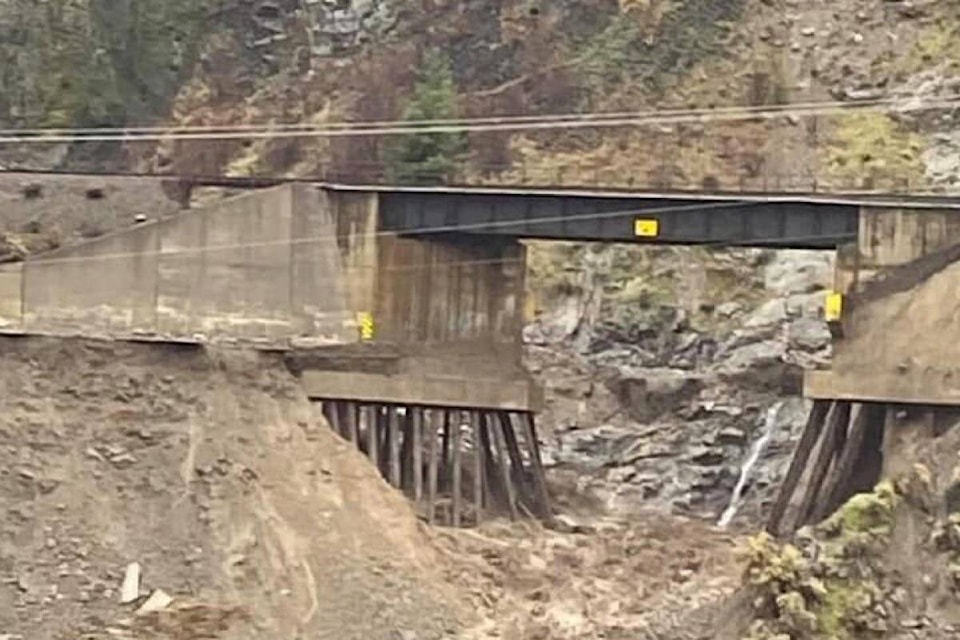Sometimes I have this “Editor’s Desk” piece written well in advance of deadline day (Tuesday), or at least planned in advance. Other weeks it’s the last thing I write, after the rest of the paper has been put to bed, because inspiration has been slow in coming.
This week it’s the last thing I’m writing, but only because the piece I had planned, and which was all but written — a lighthearted look at Brussels sprouts — did not seem at all appropriate, given the catastrophic flooding that has left at least one person dead, forced the evacuation of thousands more, devastated the highway network in southern B.C., and cut the Lower Mainland off from the rest of the country, at least by road.
At some point this afternoon I tore yesterday’s leaf off my New Yorker “page-a-day” desk calendar, and looked at the image for Nov. 16. It shows a man and woman sitting on a couch, looking sadly at the floor, while the woman says into her phone “Just hand-wringing and watching helplessly,” which pretty accurately sums up my current state of mind, all things considered.
It has been difficult to process the images and stories of the last two days, and their rapidity. There was flooding around Princeton; then the town was being evacuated. Merritt’s wastewater treatment system failed, and part of the city was evacuated; the rest soon followed. Highways were closed due to mudslides; then came reports of massive infrastructure failure. People were trapped in their vehicles on Highway 7; people were also trapped on Highway 99, with reports of vehicles and their occupants swept away.
On Monday I saw a photograph of Highway 1 at Tank Hill, north of Lytton, and had to look at it for a while before I could make sense of the fact that there was no highway at Tank Hill. It was gone. Another photograph of the same spot taken a short time later showed even more destruction, the supports of the CP rail bridge laid bare.
My first thought was “Oh my God.” My second thought, a few moments later, was admiration for the engineering genius on display, and the sheer determination evident in all that steel and concrete underpinning the infrastructure we take for granted.
I sent the picture to my son. His immediate response was “Lordy,” followed a minute later by “It’s interesting to see what’s under the trains.”
And it is interesting, showing what it is that allows us to have roads and bridges and rail lines in a place where — to be quite frank — they were never meant to go. They are there because we wanted them there, and engineers and builders made them happen, but Mother Nature will always have the final say. We think we’ve conquered her, but we haven’t, not by a long chalk.
Now the question remains of how we will go about repairing the massive damage, and how soon that work can start. At a press conference this afternoon, government ministers did not even venture a guess as to when Highway 1 through the canyon, or the Coquihalla Highway, might be passable again. Looking at the images, it’s hard to believe that either route will be open anytime soon; there is so much damage, and the weather is not exactly in our favour (there’s a reason we don’t do highway infrastructure work in November).
I hope that if Highway 1 will be the fastest and easiest one to repair, efforts are focused there rather than on the Coquihalla. I know that the Coq is the shiny, flagship highway, but it’s also the one more prone to being shut down in winter, with traffic being diverted through the canyon. Why not just fix the latter route up first? And — to be honest — I think the Highway 1 corridor through the canyon has suffered enough recently. Don’t make us wait for months while another route gets preferential treatment. Adding insult to injury is the last thing we need.
editorial@accjournal.ca
Like us on Facebook and follow us on Twitter
